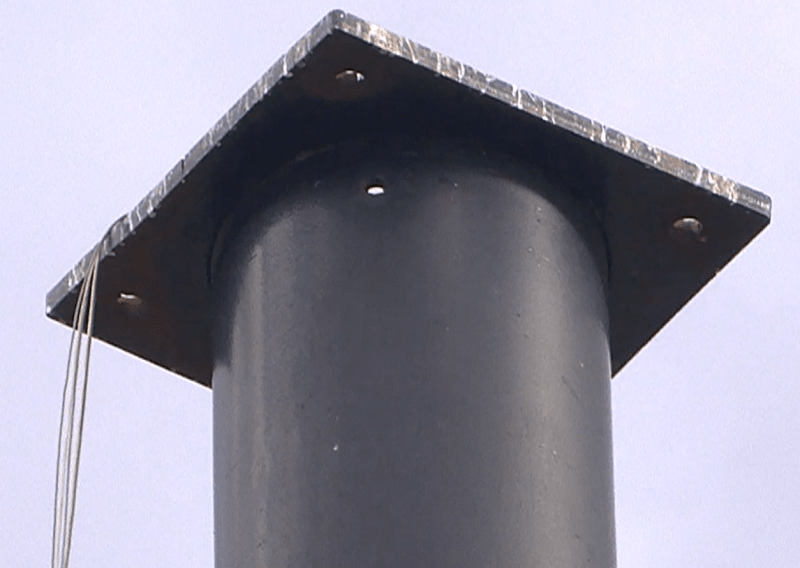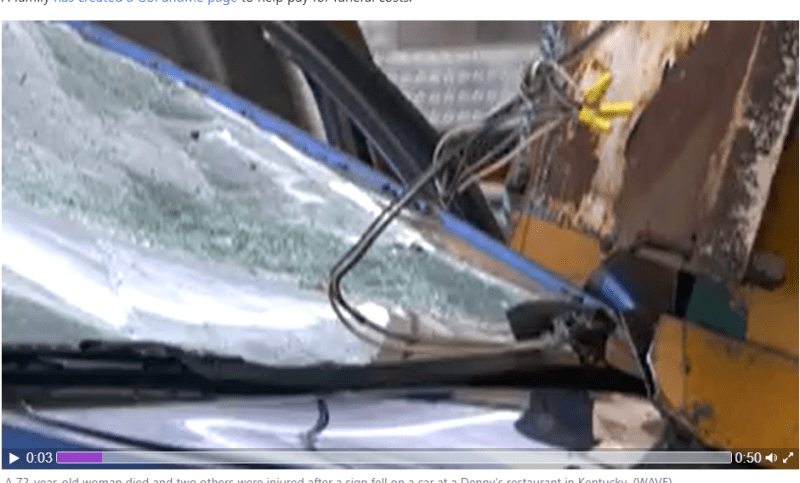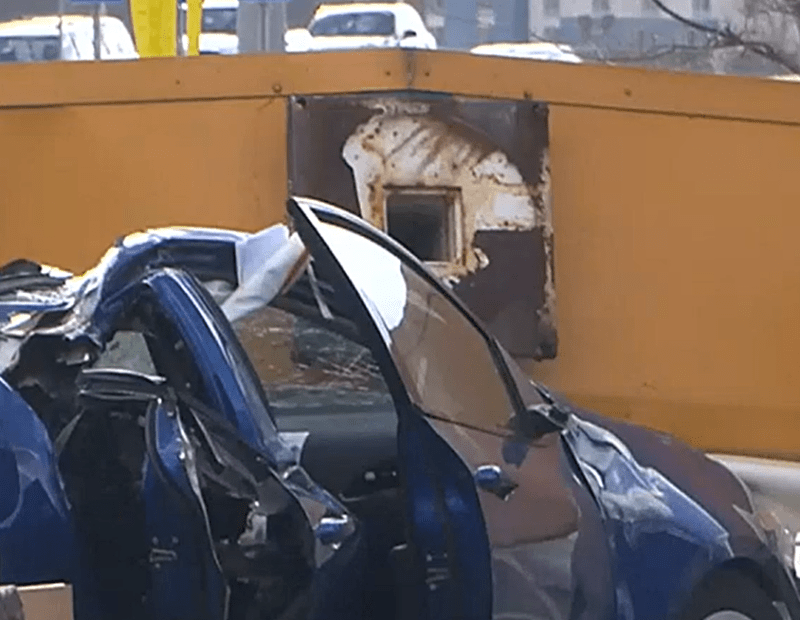Was it removed before an investigation... seems a little hasty.
-----*****-----
So strange to see the singularity approaching while the entire planet is rapidly turning into a hellscape. -John Coates
-Dik
Follow along with the video below to see how to install our site as a web app on your home screen.
Note: This feature may not be available in some browsers.
That's not the way it works over here.
Does every standard freeway gantry/lights in the USA go past a structural engineer?
They don't, they go passed the civil and that's mainly for the crash stuff around them and he would check the foundation mount the quantity surveyor had allocated. This for a free mount. If there is a bridge or something else involved near by its different.
Alistair_Heaton said:It should be easy enough for one of you guys to pull a few of the permits
pham said:A freedom of information act request might get it (don't know - never tried one).



